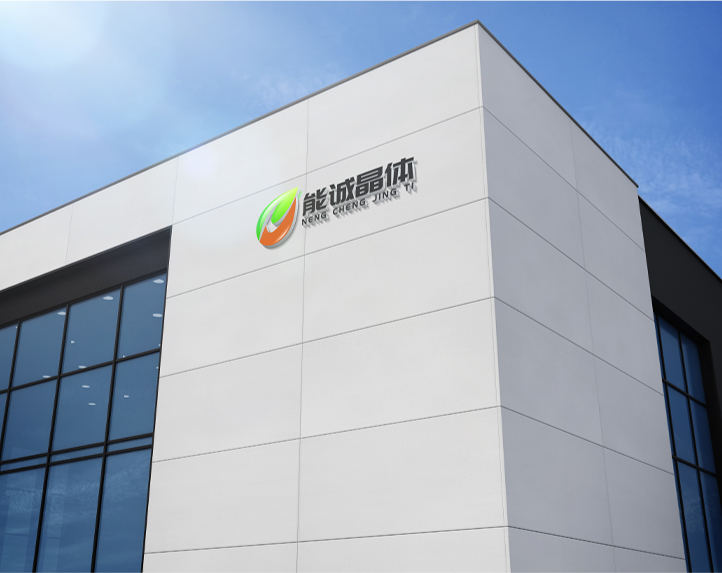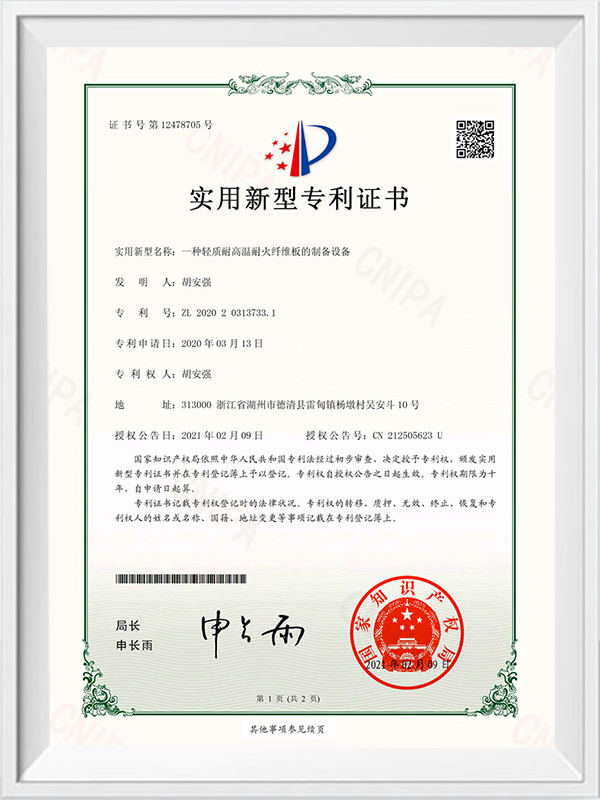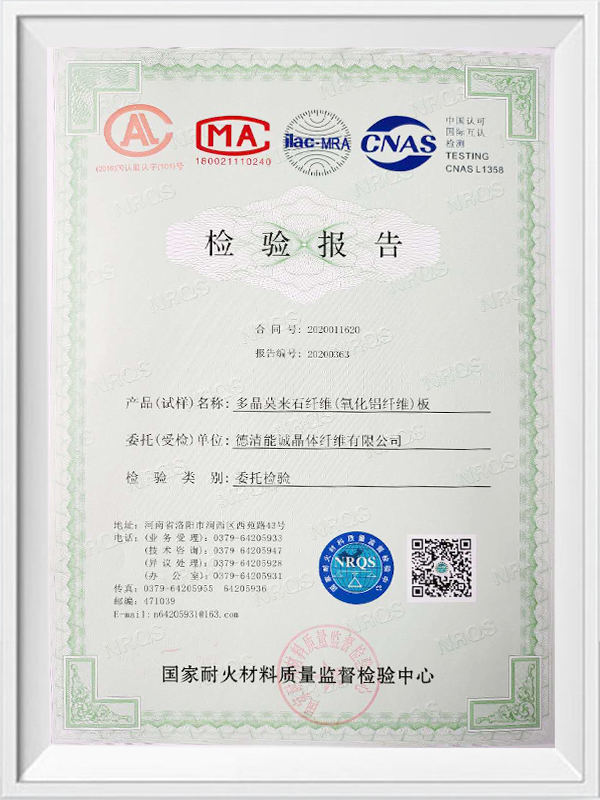
1500°C Tube Furnace
This tubular furnace can reach a maximum temperature of 1500°C. It features a double-shell structure and an air-cooling system. The furnace chamber is constructed of high-purity alumina fiber to minimize energy loss. The inner chamber surface is coated with a high-temperature alumina coating, which improves reflectivity and heating efficiency, extending the instrument's lifespan. It also includes overheat and burnout protection. The furnace offers advantages such as a balanced temperature field, low surface temperature, fast temperature ramp rates, and energy efficiency. It is ideal for universities, research institutes, and industrial and mining enterprises for sintering or annealing new material samples (under vacuum or inert gas protection).
Product Parameters:
·Maximum operating temperature: 1500°C (<0.5h)
·Continuous operating temperature: ≤1400°C
·Recommended heating rate: ≤10°C/min below 1400°C, ≤5°C/min above 1400°C
·Heating element: Silicon carbon rod
·Thermocouple: S-type
·Temperature control accuracy: ±1°C
·Temperature control method: Includes a Yudian intelligent temperature controller with PID control and auto-tuning, intelligent 30-50 programmable control, and over-temperature and burnout alarm functions
·Certification standards: ISO9001 quality system certification and CE certification
·Core components include Chint or Schneider electrical components, UL-certified wire and cable, Japanese conductive materials, Yudian and Eurotherm instruments, etc.
| Specifications | Maximum temperature | Heating zone length | Quartz tube size | Rated power | Rated voltage | Dimensions | Weight |
| GL1500-S | 1200℃(<0.5 h) | 200mm | Φ25*600mm | 2.5KW | 220V | 730mm330mm440mm | About 21KG |
| GL1500 | 1200℃(<0.5 h) | Dual temperature zones 100mm+100mm | Φ25*600mm | 6KW | 220V | 730mm330mm440mm | About 21KG |


-
Overview: scope and practical intent This article explains the practical factors that determine the energy efficiency of Industrial heating elements operating continuously. It focuses on measurable variables (watt density, sheath material, thermal coupling), control and system integration, common sources of energy loss, and maintenance or design choices that improve long-run efficiency for furnaces, ovens, dryers, immersion heaters and inline process heaters. Element type, geometry and surface l...





 English
English Español
Español عربى
عربى



